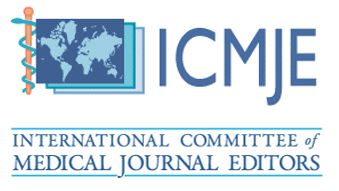Plexiform Variant of Ameloblastoma in Body of Mandible: Case Report and Review of Literature
Neha Jain1*, Ajay Pillai2, Annant Choubey3, Priyanka Sharma3, Shishir Dubey4 and Dheeraj Sharma5
1 Professor, Department of Oral and Maxillofacial Surgery, People Dental Academy, Bhopal, India.
2 Professor and Head, Department of Oral and Maxillofacial Surgery, People College of Dental Sciences and Research Center, Bhopal, India.
3 Reader, Department of Oral and Maxillofacial Surgery, People Dental Academy, Bhopal, India.
4 Senior lecturer, Department of Oral and Maxillofacial Surgery, People Dental Academy, Bhopal, India.
5 Post graduate Student, Department of Oral and Maxillofacial Surgery, People Dental Academy, Bhopal, India.
*Corresponding Author: Dr. Neha Jain, Room No 101, Dept of Oral & Maxillofacial Surgery, People’s Dental Academy, Bhopal, India.
DOI: https://doi.org/10.58624/SVOADE.2024.05.0183
Received: July 19, 2024 Published: August 12, 2024
Abstract
Ameloblastoma is a benign but locally aggressive odontogenic epithelial neoplasm arising from remnants of dental lamina and dental organ [1,4]. This neoplasm is more prevalent between 2nd to 4th decade of life and mandible (11%) is more commonly involved than maxilla (1%) [2,5]. It has an aggressive behavior and recurrent course, It is rarely metastatic. Ameloblastoma represents 10% of odontogenic tumors and 1% of all tumors and cysts involving the maxillo mandibular region [1]. The World Health Organization (WHO) classification of 2017 describes ameloblastomas of the following four types: Solid/multicystic ameloblastoma (91%) unicystic ameloblastoma (6%); extraosseous/peripheral ameloblastoma (2%); and metastasizing ameloblastoma (1%). [3,8] A conclusive diagnosis can only be made by histopathology because it has wide range of histologic patterns and has radiographic characteristics with other lesions such the odontogenic keratocyst, giant cell tumour, aneurysmal bone cyst, and renal cell carcinoma metastasis.[5] Treatment for each type of ameloblastoma differs depending on its biological behaviour and rate of recurrence. This report presents a case of ameloblastoma involving the body of mandible with resorption of the root apices of canine, premolars and first molar. The lesion extends till the base of mandible with intact lower border. This was surgically excised preserving the lower border of mandible with safe sound margins of bone.
Keywords: Ameloblastoma; Odontogenic tumors; Mandible
Citation: Jain N, Pillai A, Choubey A, Sharma P, Dubey S, Sharma D. Plexiform Variant of Ameloblastoma in Body of Mandible: Case Report and Review of Literature. SVOA Dentistry 2024, 5:4, 141-146. doi:10.58624/ SVOADE.2024.05.0183











